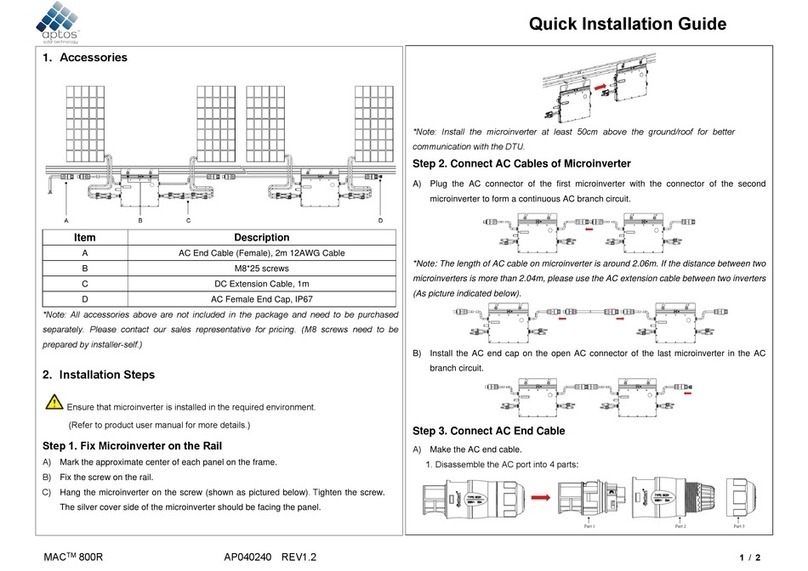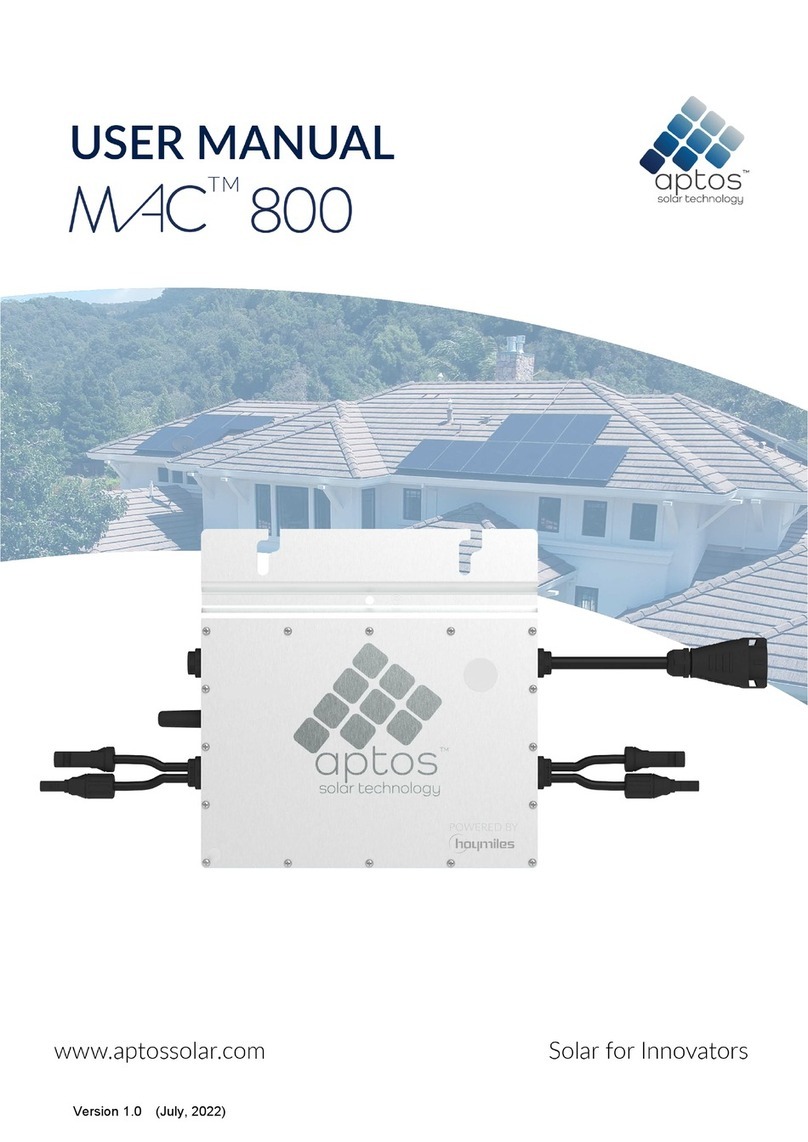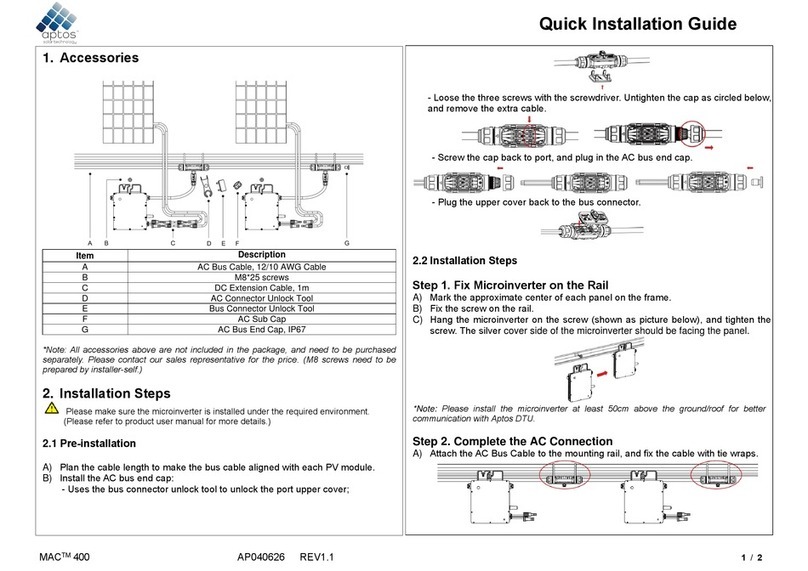
3
Contents
1. Important Information .....................................................................................................................................................5
1.1 Product Range.................................................................................................................................................5
1.2 Target Group....................................................................................................................................................5
1.3 Symbols Used..................................................................................................................................................5
2. Safety Overview...........................................................................................................................................................5
2.1 Important Safety Instructions.........................................................................................................................5
2.2 Explanation of Symbols..................................................................................................................................6
2.3 Radio Interference Statement .......................................................................................................................7
3. Product Description........................................................................................................................................................7
3.1 About 2-in-1 Unit..............................................................................................................................................7
3.2 Highlights..........................................................................................................................................................8
3.3 Terminals Introduction....................................................................................................................................8
3.4 Dimension(mm) ...............................................................................................................................................8
4. Product Function.......................................................................................................................................................9
4.1 Work Mode.......................................................................................................................................................9
5. Installation Guide ...................................................................................................................................................9
5.1 Accessories......................................................................................................................................................9
5.2 Installation Precaution ..................................................................................................................................10
5.3 Space Distance Required ............................................................................................................................10
5.4 Preparation.....................................................................................................................................................10
5.5 Installation Steps...........................................................................................................................................11
6. Troubleshooting ...................................................................................................................................................15
6.1 Troubleshooting List .....................................................................................................................................15
6.2 Status LED Indicator.....................................................................................................................................18
6.3 On-site Inspection (For qualified installer only) ........................................................................................19
6.4 Routine Maintenance....................................................................................................................................20
6.5 Replace Microinverter...................................................................................................................................21
7. Decommissions....................................................................................................................................................22
7.1 Decommissions .............................................................................................................................................22
7.2 Storage and Transportation.........................................................................................................................22
7.3 Disposal..........................................................................................................................................................22
8. Technical Data .....................................................................................................................................................22
© 2021 Aptos Solar Technology, LLC. All rights reserved.































